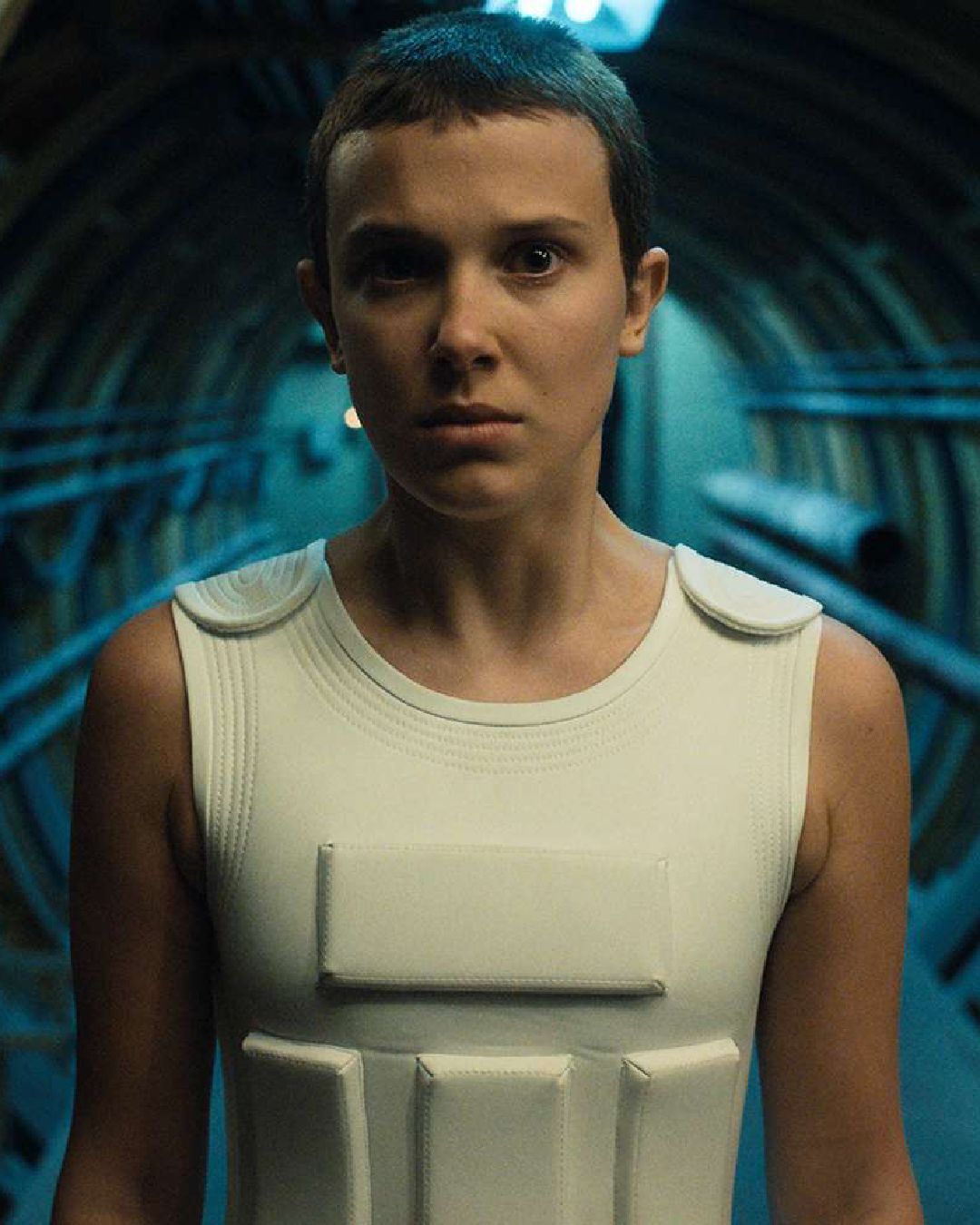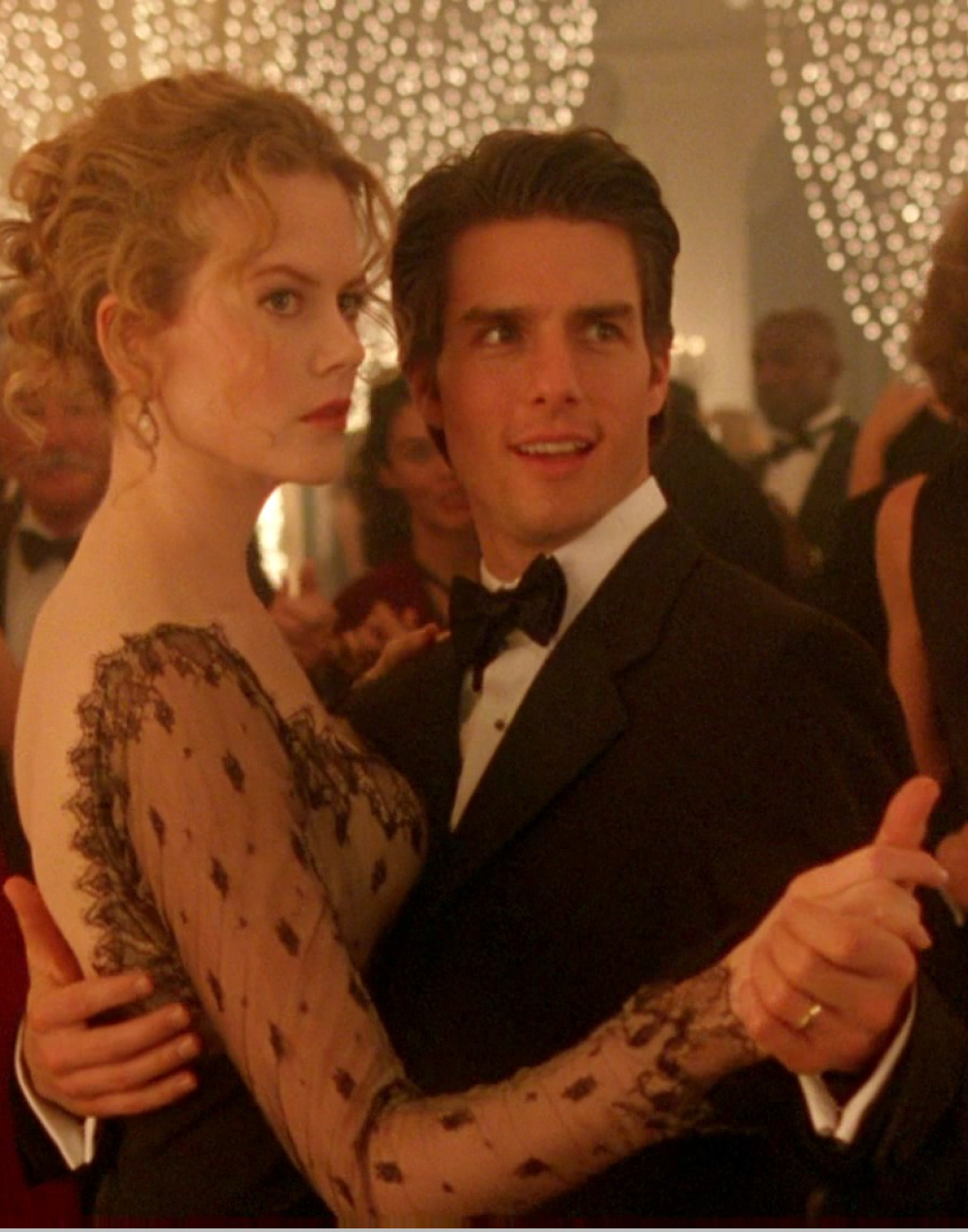
Are we tired of two-part TV series? They defuse binge watching but risk breaking the magic
The platforms know it: to retain their subscribers or attract new accounts, they would do anything. And everything, recently, has become splitting the seasons of top TV series to allow them to have a longer life. A practice that has been noticed—and for which fans have become upset—in recent months, with the return for the third time of Bridgerton on the streaming window with eight episodes, divided into four episodes in May and another four in June. Although everyone has to do their job, and for the "let's try to keep making enough money" department, this means finding strategies to keep more viewers engaged for longer on the platforms (also aiming at a split into part one and part two that makes people rewatch the first episodes repeatedly), the overall result of the stories is often negatively affected. This also affects the audience's mood, as longer or shorter pauses between releases risk completely nullifying the magic.
In 2022, with its flagship series Stranger Things, Netflix offered a taste of a practice that, over the years, has become more frequent than one might have hoped. The episodes from one to seven were released in May 2022, but to fully dive into the Upside Down with the Duffer brothers' series, one had to wait until July 1. In that case, the adopted solution—splitting into a first and second part—was also influenced by the length of the episodes: although they had gradually increased in duration over the seasons, with episodes in the fourth season lasting at least an hour, the last two of the final season required viewing times from 87 to 142 minutes. A concluding episode that is practically a movie—as it seems we can expect with Stranger Things 5, currently in production, with eight episodes confirmed, and the last two expected to be between 75 and 120 minutes long. Aside from the length of a series, whose viewing mode should remain autonomous and reserved for the viewer (unless it is, of course, a weekly release), what happened with the show that started in 2016 and finally brought Eleven face to face with the villain Vecna has since been repeated. At the peak of enjoyment, at the highest degree of emotional involvement, when your mind as a die-hard fan is fully absorbed and captivated by what is unfolding before your eyes, everything abruptly stops, irreparably shattering the poetry. From Netflix's control room, they might think: we are fueling even more curiosity, we are generating frenzy. Wrong. The narrative flow, which is incredibly difficult to create, is broken, and the audience is expected to restore it later and within a few, final episodes. This inevitably cools the audience's analysis, especially when told, "Wait and see, it will be great," risking failure in the game of raising expectations.
New behind the scenes footage of the upcoming season of ‘Stranger Things.’
— Pop Hive (@thepophive) July 15, 2024
Production for Season 5 has reached the halfway mark. pic.twitter.com/WG2htSW8dx
We are not here to argue about the quality or lack thereof of the ending of Stranger Things 4, which many liked, but about how splitting a single core is counterproductive as it lowers the level of engagement that had been established previously. This makes the closure struggle, which must necessarily be superior to what was shown until that moment, unable to benefit from the trust contract between the series and the audience that is agreed upon at the beginning of the season. Even in the days of cable TV, there were mid-season breaks that put shows on hiatus for a few weeks. But seasons were also made up of over twenty episodes, so there was room to rekindle the synergy with the audience. And it must be said, even series whose episodes are released all at once can stumble with the grand finale, but at least you didn't put your life on hold for an entire month before finding out you would be disappointed. Stranger Things 4 reintroduced in seriality the Avengers effect from almost three years earlier, with the poignant conclusion of a piece of MCU history with the worthy and moving Endgame, but everyone agrees it is not superior to the amazement and shock of Infinity War, which set the stage for one of the most spectacular cinematic farewells. Streaming has therefore insisted on its experiments, and between the COVID-19 emergency in 2020 and the Hollywood writers' and actors' strike in 2023, things have slowed down, contributing to the factual need to extend the timelines. Even here: judging by the results, the audience seems to have supported, in terms of views, the division into two parts. But it's obvious that a series must have wronged you to the point where you don't even want to know what its ending will be; and if it is supported by a fandom, then it is certain there will always be someone who will remain faithful to their serial belief.
I introduced my dad to binge watching and half way through the 5th season of Breaking Bad he declared, 'This is the weirdest movie I've ever seen, it's so long.'
— smerobin (@smerobin) July 6, 2022
For You 4 and Bridgerton 3, the real fortune was having a cohesive fandom, ready to wait years for the new season, despite the many criticisms directed at the second part of the fairy tale set in the Regency era. An entire group of fans left without the compass of the love story found themselves facing a different narrative in the last four episodes, more focused on the protagonist Penelope/Lady Whistledown's search for identity and independence. At least with Bridgerton, they managed to find a cliffhanger, unlike Emily in Paris, which also split into two parts, concluded the first five episodes with a small hidden secret and little else. And there is no mention yet of the fact that she will leave, at some point and for some reason, for Rome; ironic, considering that this is what the show's communication is pushing. That Netflix might also be trying to experiment with the disintegration of binge-watching as we have known it—and to which it has itself introduced us—could be another reason why the realities of its star-studded series lineup are becoming increasingly fragmented. It is worth noting that some shows once at the top have been delivered and directed towards oblivion, such as the fourth and final season of The Umbrella Academy. So, is it time to return to the simple weekly cadence? Some competitors are already trying—or have always done so, like AppleTV+. And maybe that's how they've rediscovered the taste for seriality in viewers. Creating a healthy anticipation, not overwhelming them; focusing on the quality of stories and characters, which is what truly sustains our second, third, fifth, tenth, twentieth viewings.










































